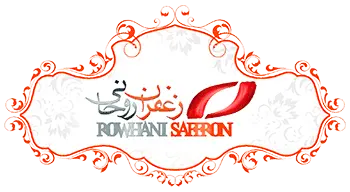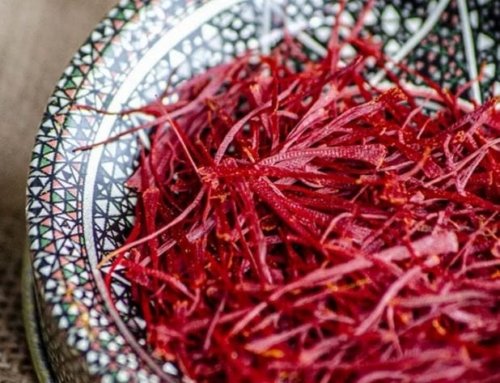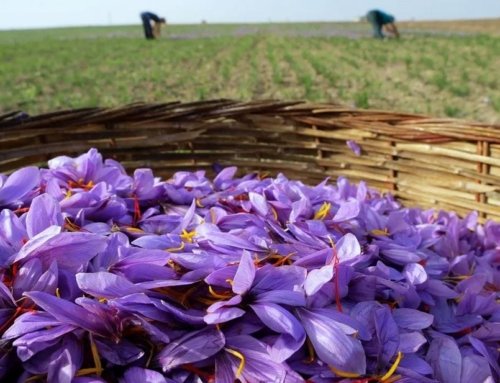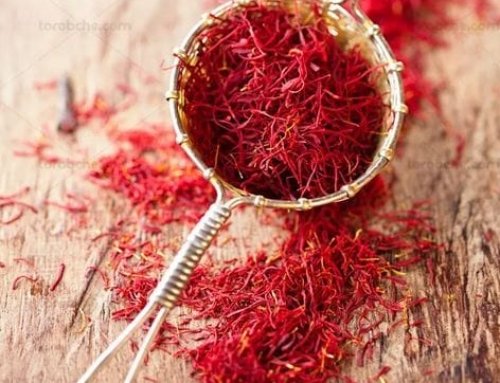 Saffron Export Declines by 17%: Challenges and Factors Affecting the Industry
Saffron Export Declines by 17%: Challenges and Factors Affecting the Industry
Saffron export challenges
Saffron, the world’s most expensive spice, remains a sought-after product due to its unique flavor and versatility. However, despite its growing popularity, many countries have begun cultivating this purple flower, but Iran continues to be the largest producer. According to reports from relevant authorities, including the National Saffron Council, Iran produces between 350 to 400 tons of saffron annually.
Saffron Production: A Global Overview
Saffron export challenges
Despite Iran’s dominance, other countries such as India, Spain, Greece, and Morocco are also involved in saffron production. While Iran accounts for over 90% of global saffron production, India, the second-largest producer, holds a 5% market share. Saffron plays a crucial role in the global spice market, with Iran leading the export trade.
Saffron Exports from Iran
In recent years, Iran has faced challenges in maintaining its position as the leading saffron exporter. Despite exporting 263 tons of saffron last year, the industry has encountered a 17% decrease in exports this year compared to the previous year. Factors influencing this decline include the complex export process, financial burdens on exporters, and currency return issues.
The Impact of Currency Return and Market Fluctuations on Saffron Exports
One of the most significant challenges has been the issue of currency return. Exporters face a discrepancy between the market exchange rate and the official rate, creating substantial financial strain. Exporters must sell their saffron at a lower market price and then pay the difference to the government, which hurts their profitability.
The Role of Saffron Smuggling
Another factor impacting saffron exports is the illegal smuggling of saffron from Iran. While legal exports face high tariffs and bureaucratic hurdles, smuggled saffron is often sold at much lower prices, destabilizing the market. This situation makes it difficult for legitimate exporters to compete.
Price Instability and Its Effects on Saffron Exporters
The fluctuation of saffron prices is another challenge exporters face. The price of saffron has fluctuated significantly this year, with initial prices reaching as high as 45 to 47 million IRR per kilogram, before dropping back to around 28 to 30 million IRR. Such volatility can make it difficult for exporters to plan effectively for the future.
Counterfeit Saffron: A Growing Concern
In addition to price instability, there is also the issue of counterfeit saffron entering the market. Some sellers dye the saffron’s white stem and sell it as pure saffron, causing buyers to be misled. Quality control and standardized certification are crucial to address this problem and ensure that consumers receive authentic saffron.
Future Prospects for Iranian Saffron Exports
Saffron export challenges
Without sufficient support for production and export, Iran risks losing its position in the global saffron market. As the costs associated with production and export increase, exporters will struggle to remain competitive. It is essential for the government to address issues related to currency return, price discrepancies, and support for saffron farmers to maintain Iran’s market position.
Conclusion
Saffron exports from Iran are facing significant challenges, including economic difficulties, illegal competition, and price fluctuations. While Iran is still the world leader in saffron production, maintaining this position requires support for the industry and stricter regulation to combat smuggling and counterfeit products.







Get Social